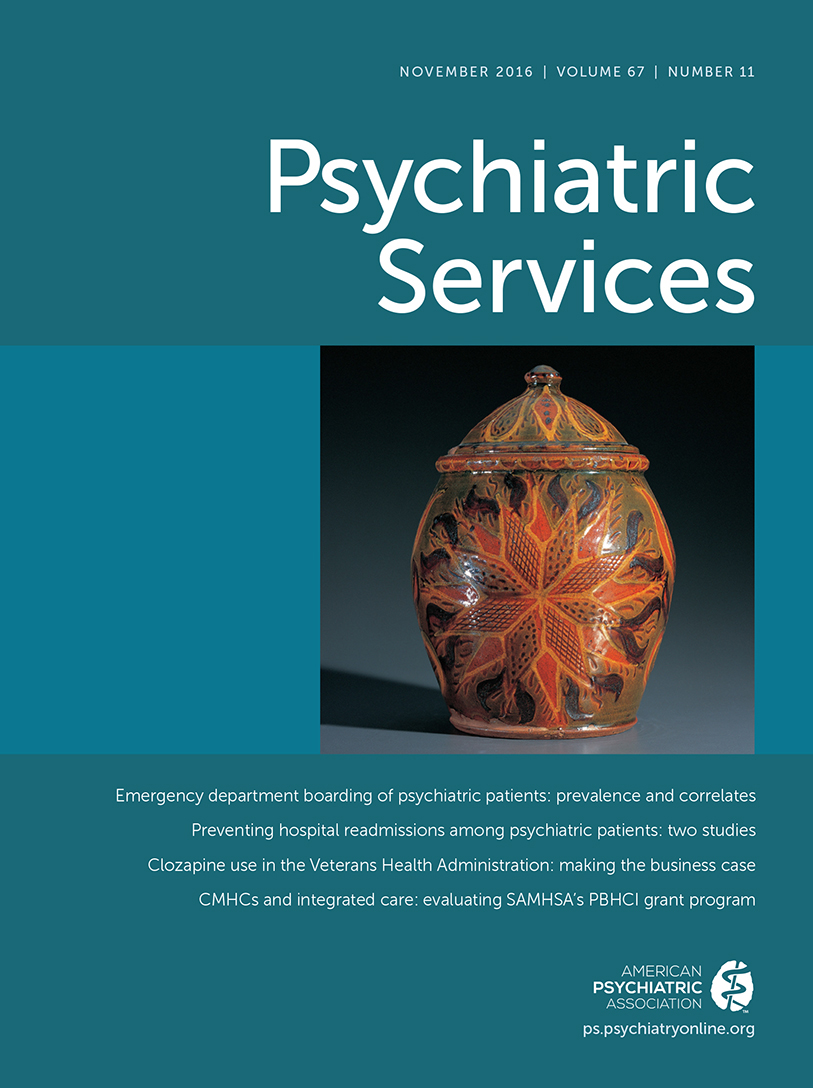Intermediate Services After Behavioral Health Hospitalization: Effect on Rehospitalization and Emergency Department Visits
Abstract
Objective:
This study examined the effect of intermediate service use on behavioral health inpatient readmissions and subsequent emergency department (ED) visits among Medicaid enrollees.
Methods:
Data were from fee-for-service inpatient admissions from the 2008 Medicaid Analytic eXtract files for adults with a primary diagnosis of a mental or substance use disorder. A multivariate survival analysis estimated the association between posthospital services—particularly intermediate services (residential, partial hospital, intensive outpatient, and other rehabilitative services)—and time to readmission or ED visit. A propensity score–matched sample was used to examine the relationship between time to readmission and ED visit in the nondisabled and disabled populations more closely.
Results:
The sample included 32,037 adults (nondisabled, 27.6%; disabled, 72.4%). Only 2.5% of nondisabled adults and 5.4% of disabled adults used intermediate services within seven days of hospital discharge. In the multivariate analysis, significant associations were found between intermediate service use and readmissions and ED visits in the nondisabled population (hazard ratio [HR]=.71, p=.04, and HR=.68, p<.01, respectively), but not in the disabled population. Significant associations were also found between use of other health care in the seven-day posthospitalization period and decreased time to readmission and ED visits in the nondisabled population and increased time to readmission and ED visits in the disabled population. In the propensity score–matched analysis, use of intermediate services was not significant in either population.
Conclusions:
The low use of intermediate services may reflect limited availability as well as Medicaid coverage limits. Research is needed to determine the optimal number and type of intermediate services for this population to minimize the need for additional hospital services.



